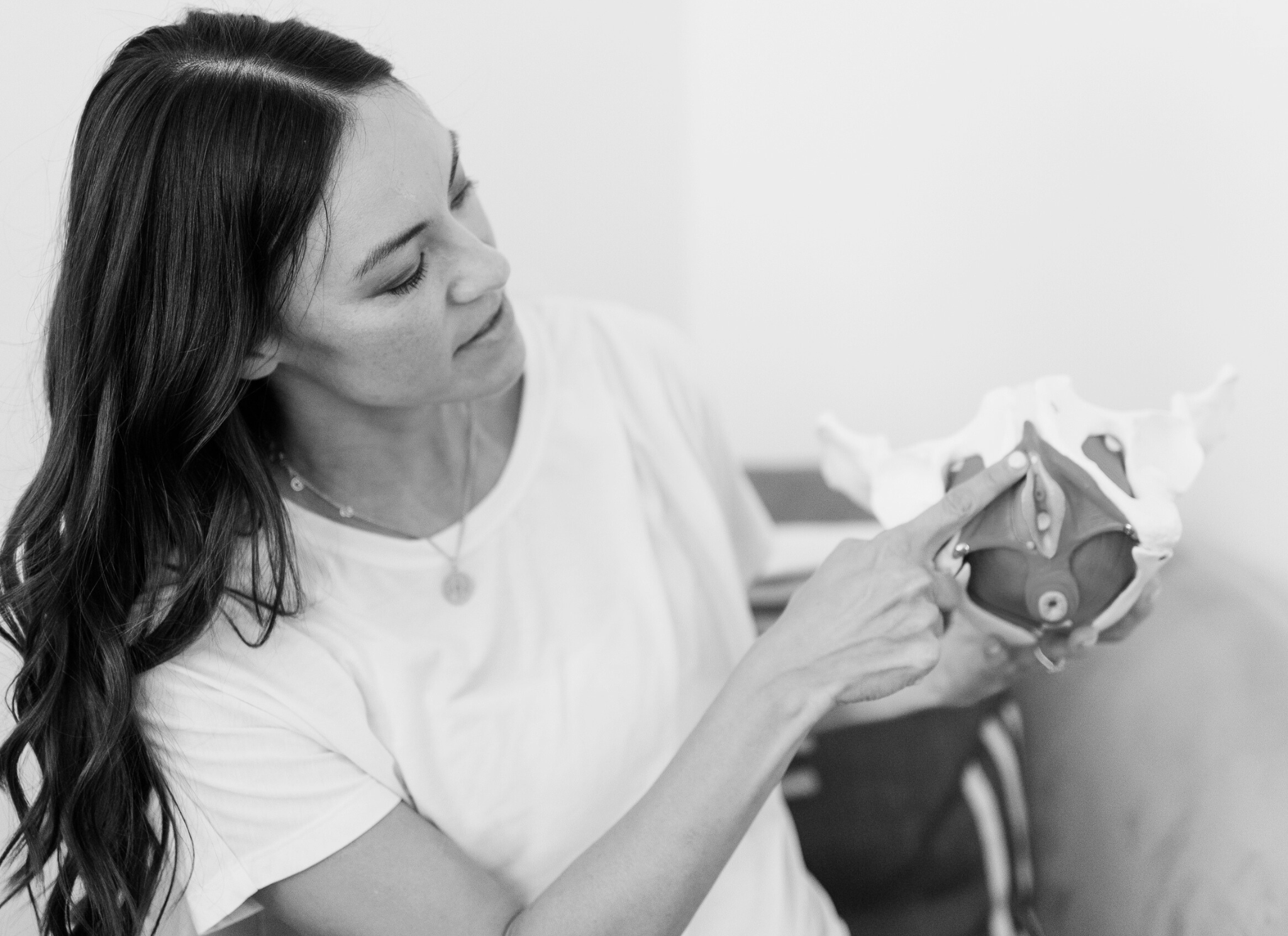Ever heard the term lichen sclerosus? Don’t be shocked if you haven’t. Lichen sclerosus is rare, chronic inflammatory skin condition. It creates areas of white patchy skin and can be painful. The skin in the affected areas may also become more thin or frail, which can lead to tissue bruising and tearing. It appears around the vulva and perineal area. In males, Lichen Sclerosus appears around the head of the penis and the foreskin.
Symptoms
You may have no symptoms at all. Yet others experience intense itching, discomfort, and potential erosion of the affected tissue. Lichen Sclerosus often presents as a relapse remitting condition. This means you may experience asymptomatic times, followed by a flare.
Over time, this may cause permanent damage and scarring to the involved tissue. Scarring can lead to a narrowing of the urethral, vaginal, and anal opening in females. In males, it’s the phimosis (adhesions of the foreskin that prevent retraction). Because of tissue changes, you may experience difficulty with bowel and bladder function. Some have pain with intercourse and painful erection as well.
Risk factors
In some cases, psychological stress can increase the risk for this condition. Call a doctor if you experience any of these risk factors or suspect you have it. Early diagnosis and treatment will reduce the severity and prevent long-term complications. In males, uncircumcised men are at higher risk than those circumcised. The condition most often affects the foreskin of the penis. Children do get Lichen Sclerosus, although this is rare. The exact cause is unknown. There are certain risk factors associated with the development of Lichen Sclerosus. These include:
- Age
- Gender
- Family history of auto-immune diseases
- Exposure to certain medications and corticosteroids
- Local trauma to the skin.
- Those with hormonal imbalances
Patients with this disease are at higher risk of squamous cell carcinoma. This is due to the fact that certain immunological changes can occur to the involved tissue. If you notice areas of tissue that become ulcerated or are slow to heal, let your doctor know.
How is Lichen Sclerosus diagnosed?
In most cases, a diagnosis begins with a thorough patient history. There will be a physical examination of the involved tissue. In some cases, doctors may take a skin biopsy. This is especially true if there is suspicion of squamous cell carcinoma.
Treatment options
In most cases, especially for females, the treatment of Lichen Sclerosus is lifelong. You’ll need to see your physician on a regular basis. You may need to take photographs to track tissue changes. Consistent treatment with potent corticosteroids is the current protocol for Lichen Sclerosus. You’ll apply the ointment to the area daily. This should help improve tissue strength and reduce itching.
In some cases, you may need oral immunosuppressant medication. In severe cases, you may need surgical removal of the involved tissue. Surgery is helpful for uncircumcised males, as the foreskin is the most affected.
__________________________________________________________________________________________________________
Interested in more tips on how to prevent or overcome Pelvic Floor Problems?
Download this free guide for some simple, do-able, totally-not-weird tips to take better care of your down there.
_________________________________________________________________________________________________________
Some links may be affiliate links. The products we recommend are products we use or recommend to clients.




